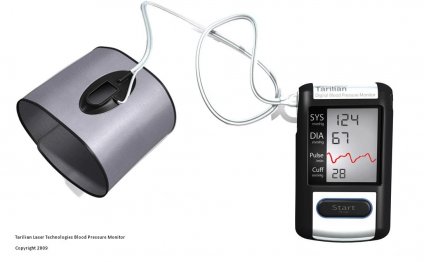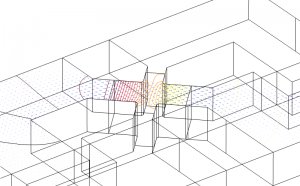
What device Measures blood pressure?
The answers to these questions are a faithful summary of the scientific opinion produced in 2009 by the Scientific Committee on Emerging and Newly Identified Health Risks (SCENIHR):
"modified Opinion (after public consultation) on the appropriateness of existing methodologies to assess the potential risks associated with engineered and adventitious products of nanotechnologies"
1. Introduction
The European Commission banned the sale of measuring devices containing mercury to the public in 2009 because the metal is toxic. However, the most common blood pressure measuring devices were excluded from the ban to allow their continued use in healthcare.
That exemption was provisional, pending further review of the evidence on the effectiveness of alternative devices for measuring blood pressure.
It is important not to jeopardise accurate measurements for use in medical diagnosis and research, but also to minimise mercury in the environment. There are both risks and benefits to consider in recommending whether to retain use of mercury-containing devices, hitherto the "gold standard” for measuring blood pressure.
2. Why is knowing blood pressure important?
High blood pressure is one of the biggest global health problems. Accurate blood pressure measurements are needed for medical diagnosis, and prevention and treatment of disease. High blood pressure may precede heart disease, stroke, and kidney failure. Recording blood pressure is also an important part of long-term epidemiological studies, which have confirmed the importance of high blood pressure as a risk factor in cardiovascular disease.
Blood pressure measurements are taken routinely in the clinic, and anyone with high blood pressure will be measured again on each visit. There is also increased use nowadays of home blood pressure monitoring, and 24-hour monitoring while the patient goes about his or her daily routine. These provide readings which complement those taken in the clinic.
Long-term epidemiological studies need consistent blood pressure measurements if the data are to be valid, so shifting measuring devices has to be considered carefully if the same population remains under study.
3. How hard is it to measure?
Measuring blood pressure is not always straightforward. It is usually measured indirectly, from the pressure in a cuff placed around a limb which stops the blood flow in an artery. The most common (auscultatory) methods rely on the observer recognising sounds due to blood flow, a skill which must be learnt. Inaccuracies can arise from operator error, poor use of the equipment, and inadequate maintenance.
Alternative methods give less direct indication of the two vital measurements – systolic pressure, when the main pumping chamber of the heart contracts, and diastolic, when the heart is relaxed in between beats. These have to be worked out from a more complex pattern of oscillations in arterial pressures.
An individual’s blood pressure also varies, in the course of the day and even between heartbeats, and it may go up if they are nervous in a medical setting, for example – the "white coat effect”. There are additional difficulties in some groups of people – patients with irregular heart beats, the elderly, children, pregnant women, or just people with large arms.
RELATED VIDEO

![[HD] Chimpanzee measure Blood Pressure - 28](/img/video/hd_chimpanzee_measure_blood_pressure.jpg)

Share this Post
Related posts
Tools to measure blood pressure
Here are the tools: A Stethoscope and a Sphygmomanometer. Make sure you place the round end of the stethoscope under the…
Read MoreDevice used to measure blood pressure
Clinical aspects of the alternatives to Hg sphygmomanometers 5.1 Clinical aspects of the alternatives to Hg sphygmomanometers…
Read More











